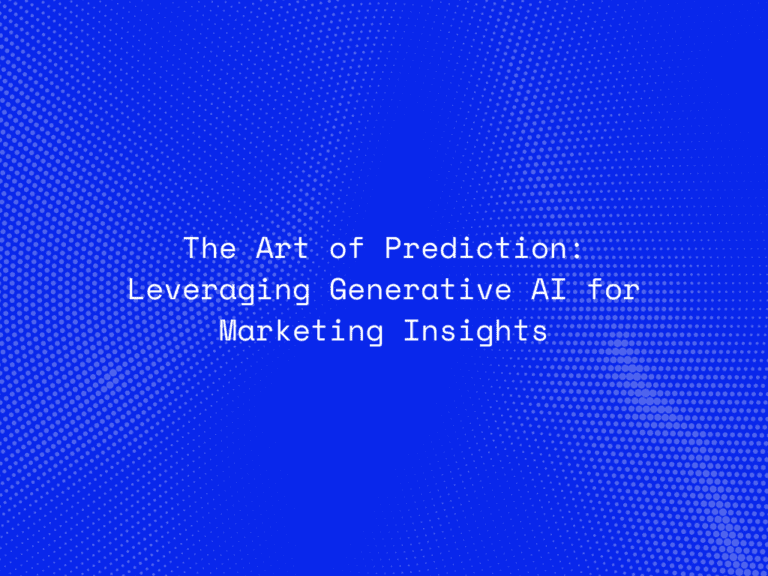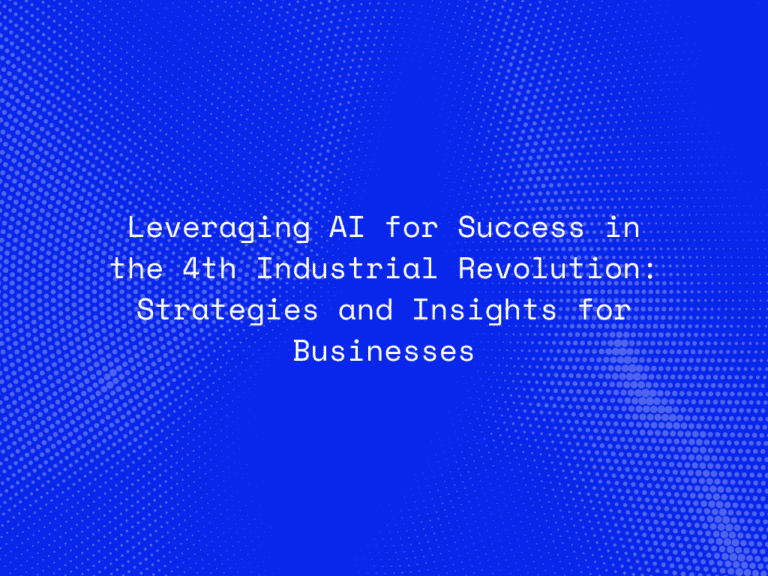Machine learning (ML) models are only as good as the data they’re trained on—and more specifically, the quality of the annotations applied to that data.
Whether you’re building a facial recognition app, a self-driving car, or a recommendation engine, your model’s accuracy heavily depends on annotated datasets. Data annotation is the process of labeling raw data—images, text, audio, or video—so that machine learning algorithms can learn to identify patterns and make predictions.
In this deep dive, we’ll explore what annotation is, the different types of data labeling, why it’s crucial for machine learning, and how it’s evolving with the help of AI itself.
What Is Data Annotation in Machine Learning?
Data annotation is the act of tagging or labeling data with meaningful information that helps a machine learning model understand the input it receives.
Imagine training a computer vision model to recognize cats in images. Without annotations (e.g., bounding boxes that say “cat” around the animal), the model wouldn’t know what to look for. Annotated data serves as the ground truth the model learns from.
In supervised learning—the most common form of ML—annotation is essential. It provides the model with labeled input-output pairs, allowing it to learn relationships and generalize them to new data.
Why Annotation Matters in Machine Learning
Annotation is not just a technical step—it directly impacts model quality, accuracy, and fairness. Here’s why it matters:
Improves accuracy: High-quality labeled data enables better predictions and generalization.
Reduces bias: Balanced and representative annotations help reduce bias in ML outputs.
Enables automation: Without properly annotated training data, automation in NLP, vision, and speech recognition wouldn’t be possible.
Supports human-AI collaboration: Annotated data sets the foundation for intelligent systems that assist or augment human tasks.
Types of Data Annotation
1. Image Annotation
Used in computer vision tasks like object detection and classification.
Bounding boxes – Draw boxes around objects (e.g., vehicles, pedestrians)
Semantic segmentation – Label each pixel with a class (e.g., road, tree, car)
Keypoint annotation – Mark joints or specific points (used in pose detection)
2. Text Annotation
Used in NLP for training models to understand and process human language.
Named Entity Recognition (NER) – Label entities like names, dates, locations
Sentiment labeling – Identify tone (positive, negative, neutral)
Intent recognition – Tag user queries with intent categories (e.g., booking, inquiry)
3. Audio Annotation
Used in speech recognition, audio classification, and voice assistants.
Speech-to-text – Transcribe spoken language
Speaker identification – Label who is speaking in a conversation
Emotion detection – Tag emotions from voice tones
4. Video Annotation
Combines image annotation with temporal context for applications like surveillance or autonomous driving.
Object tracking – Track objects across frames
Activity recognition – Label sequences (e.g., running, jumping, waving)
The Annotation Process: Step-by-Step
Step 1: Data Collection
Raw data is gathered—images, audio files, documents, videos, etc.—from relevant sources.
Step 2: Guideline Creation
Clear instructions are developed to ensure consistency across annotators (especially important for large teams or outsourced tasks).
Step 3: Annotation
Human annotators or AI-assisted tools apply labels. Depending on the task, this can take anywhere from seconds to hours per data item.
Step 4: Quality Assurance
Annotations are reviewed manually or with validation scripts to check for accuracy, consistency, and completeness.
Step 5: Model Training
The labeled dataset is fed into machine learning models for training and validation.
Who Does the Annotation?
In-house teams – Usually used for sensitive or domain-specific data (e.g., medical imaging)
Crowdsourced labor – Platforms like Amazon Mechanical Turk or Appen offer scalable human labor
Automated tools – AI-powered platforms can accelerate labeling through pre-labeling, active learning, or semi-supervised techniques
Challenges in Data Annotation
Time-consuming and labor-intensive – Especially for large datasets
Subjectivity and inconsistency – Different annotators may interpret labels differently
High costs – Manual labeling at scale can be expensive
Data privacy and security – Especially in sensitive industries like healthcare or finance
How AI is Improving Annotation
Modern annotation workflows are becoming smarter with AI-assisted tools:
Auto-labeling – Uses pre-trained models to label data automatically
Active learning – The model identifies which samples need human review
Annotation platforms with ML integration – Tools like Labelbox, Scale AI, and Snorkel reduce human effort with intelligent automation
AI-powered annotation is accelerating workflows while maintaining quality, enabling faster iteration cycles and model improvements.
Best Practices for High-Quality Annotation
Develop clear and comprehensive guidelines to ensure consistency.
Use multi-layer reviews to catch errors and refine label accuracy.
Prioritize diverse and representative datasets to avoid model bias.
Adopt AI-assisted platforms to improve speed without sacrificing quality.
Always align annotations with your model’s objectives and use case.
Conclusion
Data annotation is the hidden engine behind successful machine learning models. Though often tedious, it’s an indispensable process that determines whether your AI system succeeds or fails in the real world.
With evolving tools and AI-assisted workflows, annotation is becoming more efficient, scalable, and accessible. Whether you’re building a chatbot, a self-driving car, or a recommendation engine, investing in high-quality annotation is critical for meaningful machine learning outcomes.




